STORY AT-A-GLANCE
- The Attack on Food Symposium brought together experts, including me, to discuss the pressing topic of food security and provide solutions at the individual and societal levels
- My presentation focused on the fake food agenda and synthetic foods, which are threatening human health and the environment
- Fake food is predicted to become a $3 trillion market; consulting firm McKinsey & Company predicted that 60% of all materials in the economy could be produced this way, including fake meat, fake milk and fake fat
- Be on the lookout for industry buzzwords like precision fermentation, a term the biotech industry is using to piggyback off the popularity of truly health-promoting natural fermentation
- Fake, ultraprocessed foods give the globalists unprecedented power and control over human health; the symposium goes into detail on how farmers, individuals and society can fight back
The food supply is under attack. Whether it be from technocrats waging a war against real food, regulations that threaten food sovereignty or the use of toxic chemicals, humans’ right to access unadulterated, healthy food is slipping away.
The Attack on Food Symposium, hosted by Dr. Meryl Nass and presented by Children’s Health Defense TV, brought together experts, including me, from a variety of disciplines to discuss the pressing topic of food security and provide solutions at the individual and societal levels. You can view the seven-hour event in its entirety above and my individual presentation below.
The Fake ‘Food as Medicine’ Agenda
Beginning at 3:30 in the video above, my presentation — “The Fake ‘Food as Medicine’ Agenda & Synthetic Foods” — focused on attacks on food and agriculture. There’s an impending crisis coming with The Great Reset, and food is going to be a real issue — even more so than it is now.
The globalists behind The Great Reset have long had a monopoly on food with their patented genetically modified organisms (GMOs). The primary purpose of GMOs was to facilitate the use of the toxic herbicide glyphosate,1 which Stephanie Seneff, Ph.D., a senior research scientist at the Massachusetts Institute of Technology (MIT), presents in the next section of the symposium video. But to understand what’s coming, it’s important to understand the past.
The biotech industry used lobbying to ensure GMOs would be treated as substantially equivalent to real food, essentially bypassing the requirement to do safety testing before releasing them on the market. Their playbook is reminiscent of Big Tobacco’s tactics for a product that doesn’t harm you immediately but is detrimental gradually over time. An equally serious threat as GMOs has now emerged, however — synthetic food.
Fake food is predicted to become a $3 trillion market.2 Sometimes referred to in industry jargon as “the bio revolution” or synbio (short for synthetic biology), consulting firm McKinsey & Company predicted that 60% of all materials in the economy could be produced this way, including fake meat, fake milk and fake fat. Their report noted:3
“As much as 60 percent of the physical inputs to the global economy could, in principle, be produced biologically — about one-third of these inputs are biological materials (wood or animals bred for food) and the remaining two-thirds are nonbiological (plastics or fuels) but could potentially be produced or substituted using biology.”
Impossible Foods and Beyond Meat are the major players in the fake meat marketplace. The first fake fat, Cultured Oil, has also been released. In June 2020, Bill Gates also announced startup company BIOMILQ, which is using biotechnology to create synthetic lab-made human milk for babies. Using mammary epithelial cells placed in flasks with cell culture media, the cells grow and are placed in a bioreactor that the company says “recreates conditions similar to in the breast.”4
Watch Out for ‘Precision Fermentation’
Fake food companies want you to believe their products are natural because they’re made with components of plants, even though nothing like them exists in nature. Be on the lookout for their industry buzzwords like precision fermentation, a term the biotech industry is using to piggyback off the popularity of truly health-promoting natural fermentation.
Precision fermentation, however, is nothing like its natural counterpart. It’s a form of synthetic biology that’s been around for at least 20 years. It uses genetically engineered microorganisms, such as yeast and bacteria, that are fermented in brewery-style tanks under high-tech, pharmaceutical grade sterile conditions. This is because these cultures are highly susceptible to contamination which would ruin the entire batch.
And, contamination can happen easily, so billions of dollars have been poured into this technology, which is using biological pathways that have never existed in nature before.
They’ve obliterated the precautionary principle, as the long-term outcomes are completely unknown, to produce fake meats, fake fats and fake milk. But it’s all serving the underlying agenda, which is total control and world domination. There’s no easier way to achieve this than by taking control of the food supply.
These fake, ultraprocessed foods give the globalists unprecedented power and control over human health, and they’re using stealthy marketing techniques. I was approached by Zero Acre Farms about their Cultured Oil, which they’re promoting to restaurants as an inexpensive alternative to seed oils.
Fake ‘Cultured Oil’ Isn’t Natural
Many know I’m passionate about raising awareness of seed oils’ devastating health effects, as they contain about 75% linoleic acid and are contributing to rising rates of chronic disease. This new Cultured Oil contains less than 1% linoleic acid, so it sounds great — except it’s made using precision fermentation.
The term has even fooled many experts in the health industry, who believe it’s safe and natural. Instead, it’s another form of deception, changing the meaning of some of the most basic words in our vocabulary, like fermentation.
The industry wants people to believe that products produced with precision fermentation are no different than other fermented foods, like kimchi and yogurt. But what they fail to disclose is that the most often used organism in precision fermentation is the common bacteria E. coli. The E. coli is likely creating any number of non-targeted metabolites that have completely unknown environmental consequences.
The waste products created by natural fermentation are nonhazardous and actually edible and beneficial in many cases. It also is compostable and not a biohazard. In contrast, the biowaste from GE synthetic biology fermentation products can’t go into a landfill.5
Because this has been going on for decades, the laws are already in place to allow these products to bypass any safety testing, as they’ve been labeled as biologically equivalent to real food. I recommend staying as far away from fake food as you can and focusing on foundational human nutrition. This is what will get us through The Great Reset.
The Global War on Food
Other speakers in the symposium included Alexis Baden-Mayer, political director for the Organic Consumers Association (OCA), who summed up the evidence that food from real farms is being replaced with fake food. From Haiti and Sri Lanka to Indonesia, Holland and Canada, “the story is the same.”6
Corporate interests with global trade prerogatives collaborate with government, the International Monetary Fund (IMF) or World Bank, which offered debt relief in the form of grants or low-interest loans to countries collapsing economically during the pandemic, but with strings attached.
“They drive the family farmers off of their land and into the city,” Baden-Mayer said.7 Benjamin Dobson, who spoke about the history of incursions on small farms, noted that independent farmers and people who grow herbal medicines are a threat to a centralized economic system.8
Seneff shared how the use of chemicals like glyphosate is also threatening the future of food.9 The amount of glyphosate used annually in the U.S. is equivalent to 1 pound for every man, woman and child, she said. It’s the most used herbicide on the planet.
While it’s common on GMOs, she pointed out that the highest residues are showing up in non-GMO foods such as wheat, oats, barley and rye, because it’s used as a desiccant, or drying agent, on these crops right before harvest. Glyphosate inhibits the shikimate pathway, which is involved in the synthesis of the essential aromatic amino acids phenylalanine, tyrosine and tryptophan.10
Seneff used Florida manatees as an example of glyphosate’s toxicity. The chemical is ubiquitous in the state’s waterways, particularly during the sugar cane harvest. Manatees have increased body burdens of glyphosate and have become sick, plus they’re starving because seagrass is dying off in the waterways’ disturbed ecosystems.11
Solutions for Farmers
Session 2, which begins around 2:40 in the full-length video, offers solutions for farmers. Ronnie Cummins, OCA cofounder and director, noted that among the world’s small farmers, fewer than 1% are certified organic. However, there are 60 million small and medium farms that could become certified organic if it weren’t for all the regulatory hurdles in place.12
“If you look at the amount of farmland and the amount of food that these people are producing, it’s substantial. The global food market is about $10 trillion, but it’s estimated that a good $1.5 trillion of that is being produced in an organic or nearly organic manner,” he says.13 Since many organic farmers are able to find and flourish with local markets, this is one strategy to keep afloat.
Meanwhile, food sovereignty naturally leads to complete ecosystems that support human and planetary health, according to Mark Fulford, an independent farmer and farm consultant.14 He advocates for independent food hubs, which cut out the middle man, and using strategies like reading the landscape, using fungal or bacterial composts and embracing bees and other pollinators.
Gardening — A Solution for Individuals
You can take action on an individual level by building your own food security safety net. Starting a garden and learning some basic food production skills is essential and discussed in Session 3, at 4:10 in the full-length video.
Dr. John Day shares how to prepare a kitchen garden that’s as close to your kitchen as possible. He recommends choosing a spot that’s at least 400 square feet and 20 feet away from trees, because their roots will take the water from your garden. Southern exposure is ideal to get adequate light for your plants. “During hard times, and for food security, having your own vegetable garden and already knowing how to work it is really helpful.”15
Beverly Johannson, another gardener, advocates for no-dig gardening, another strategy you can use to grow vegetables. When you till the land, it stimulates the earth to initiate repairs, which it does by increasing weed growth. Tilling also destroys vital microbes and fungal mycelium, which helps to mobilize nutrients in the soil. With a no-dig garden, you’ll experience fewer weeds, higher yields and healthier plants, with less watering.16
She points out that storage is a key element of gardening, as you’ll want produce not only during the growing season but during the winter as well. Johannson has a root cellar where potatoes and other root vegetables are stored and another area for winter squash and onions, so she has access to fresh food year-round.
Protecting Food as a Society
The final session deals with societal solutions to fight back against the war on food. U.S. Rep. Thomas Massie highlighted the vulnerabilities in the U.S. food supply, which fell apart during the pandemic when farmers had to euthanize animals because they couldn’t get them processed.17
Four meatpackers control 85% of the meat that’s processed in the U.S. One of them is owned by China, one by Brazil and the other two are multinational corporations. Food prices are going up while farmers are going broke. Massie introduced the Processing Revival and Intrastate Meat Exemption (PRIME) Act, which would allow farmers to sell meat processed at smaller slaughtering facilities and allow states to set their own meat processing standards.
Because small slaughterhouses do not have an inspector on staff — a requirement that only large facilities can easily fulfill — they’re banned from selling their meat. The PRIME Act would lift this regulation without sacrificing safety, as random USDA inspections could still occur.18
“If a farmer wants to sell pork, beef or lamb to a consumer, as long as that consumer and that farmer and that processor are all in the same state, they’re not crossing state lines, they keep the federal government out of that transaction,” he says.19 He’s also introduced legislation to protect access to raw milk, which he calls fresh milk.
Ultimately, the answer to food safety and security lies in a decentralized food system that connects communities with farmers growing real food sustainably and distributing it locally.
- 1 The Attack on Food Symposium March 4, 2023, 2:03
- 2 The Attack on Food Symposium March 4, 2023, 2:04
- 3 McKinsey & Company, The Bio Revolution May 13, 2020
- 4 BIOMILQ, Our Science
- 5 The Attack on Food Symposium March 4, 2023, 2:11
- 6, 7, 8 The Attack on Food Symposium March 4, 2023, 2:16
- 9 The Attack on Food Symposium March 4, 2023, 2:22
- 10 Journal of Biological Physics and Chemistry January 2015, 15(3):121-159
- 11 The Attack on Food Symposium March 4, 2023, 2:36
- 12, 13 The Attack on Food Symposium March 4, 2023, 2:55
- 14 The Attack on Food Symposium March 4, 2023, 3:44
- 15 The Attack on Food Symposium March 4, 2023, 4:44
- 16 The Attack on Food Symposium March 4, 2023, 5:00
- 17 The Attack on Food Symposium March 4, 2023, 6:14
- 18 Human Events May 6, 2020
- 19 The Attack on Food Symposium March 4, 2023, 6:17


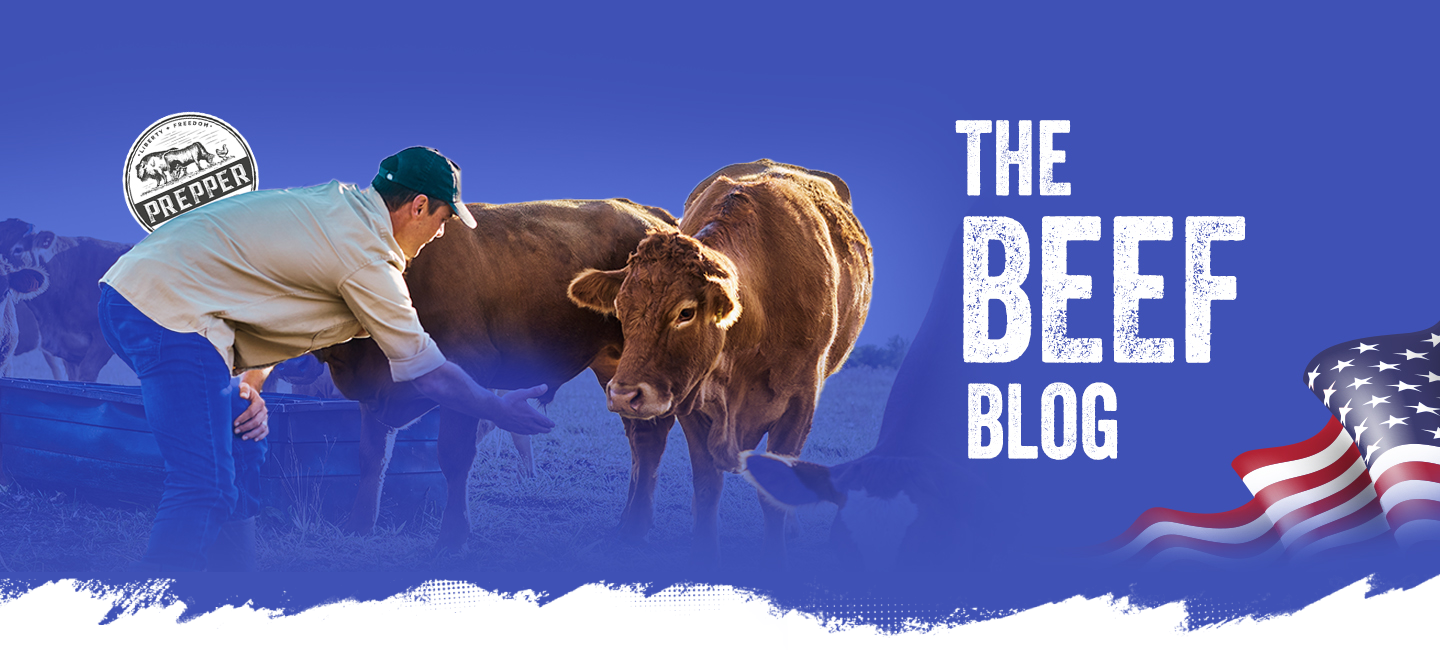
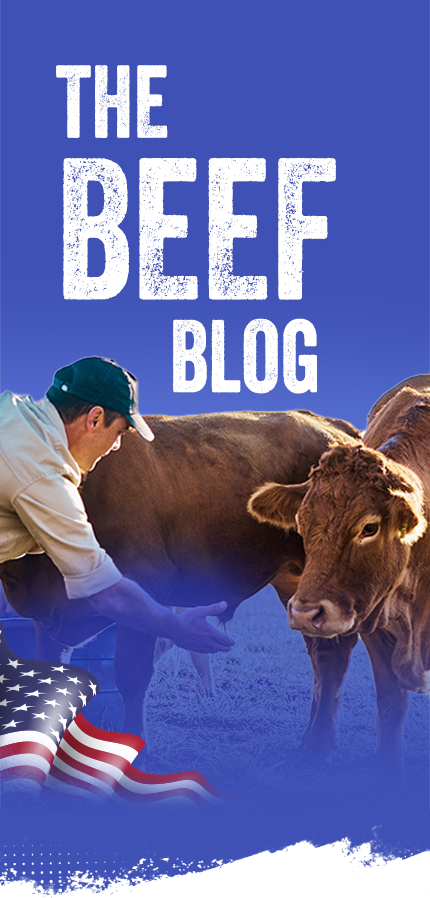









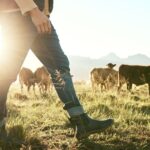


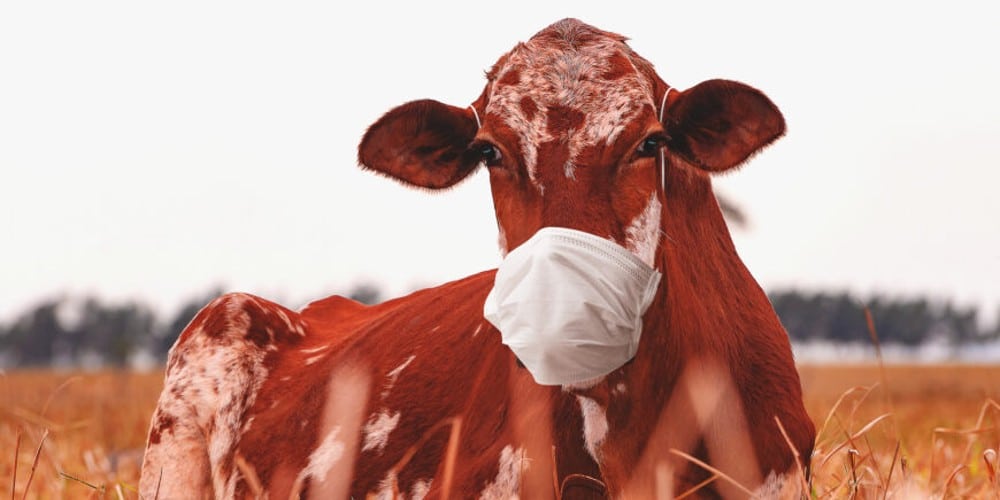

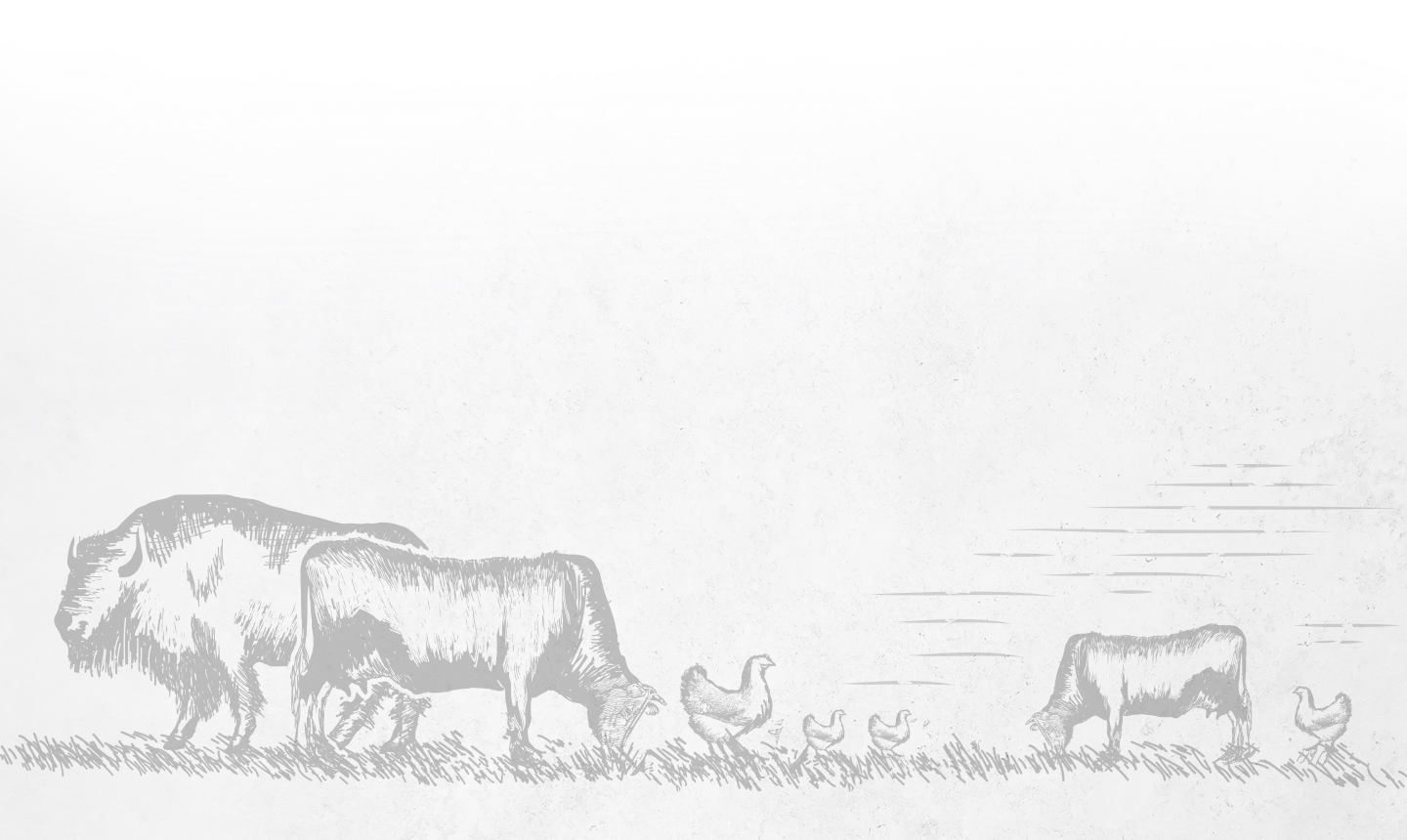




1 Comment
Shrinking Violet
great info! thanks!